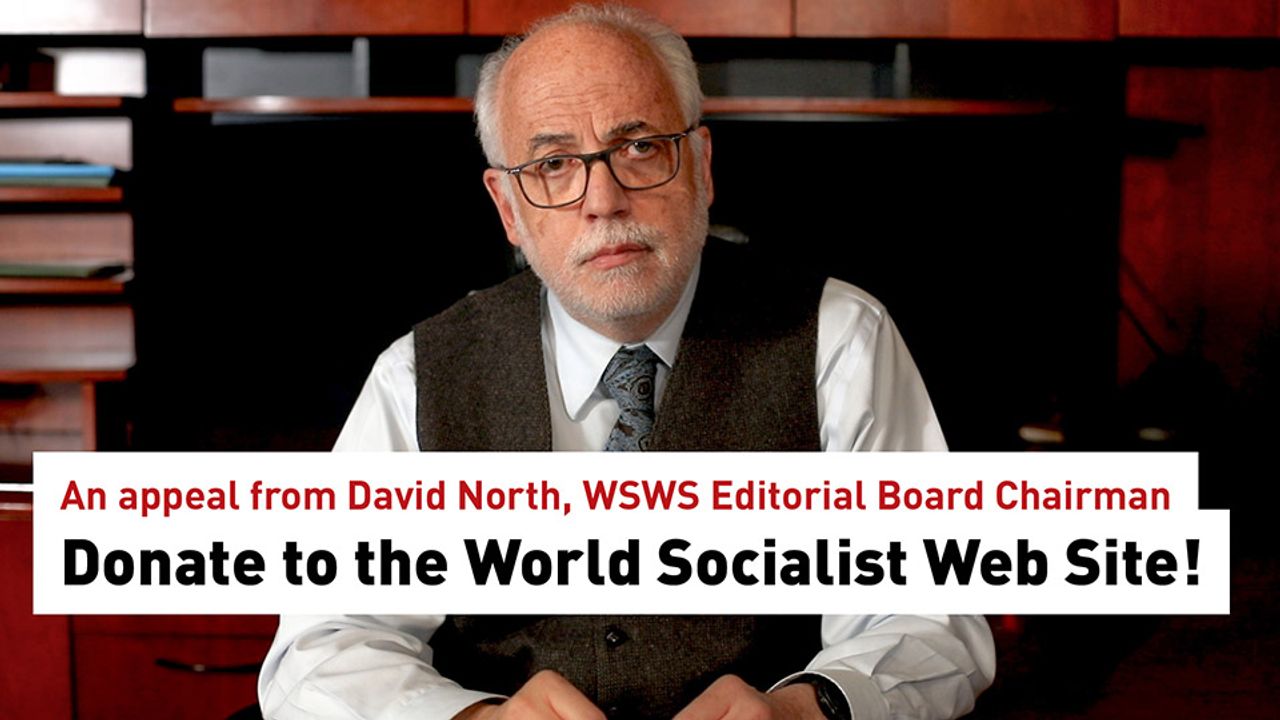Meenakshi Jagadeesan
The inhumanity of the Trump administration’s anti-immigrant policies has been exposed even more nakedly with new reports on the effects of its changes to the “public charge” rule, introduced last month. It connects the qualifications for visas or permanent resident status to the applicants’ usage of various government programs including housing, subsidized health care or food stamps covered by the Supplemental Nutrition Assistance Program (SNAP).
Anti-hunger advocates and Food Bank workers report that many immigrant families are choosing to go hungry rather than use food stamps or register at various food banks for fear of being deported or denied permanent residency or citizenship.
These reports are based not merely on anecdotal evidence. In the most comprehensive study done on the issue, new research presented this month at the American Public Health Association’s annual meeting reveals that SNAP usage by immigrant families has fallen dramatically in the past year, after having steadily increased for a decade.
The study, led by Boston Medical Center Deputy Director of Policy Strategy, Allison Bovell-Ammon, surveyed 35,000 mothers with young children in five US cities—Boston, Baltimore, Philadelphia, Minneapolis and Little Rock—from 2007 through the first half of 2018. The study found that SNAP participation amongst eligible immigrant families rose steadily in the decade between 2007-2017, regardless of whether the parent had been in the United States for five years or less.
The trend, however, changed dramatically in the first half of 2018. Preliminary survey results showed that only 34.8 percent of families in the US for less than five years participated in SNAP, representing a nearly 10 percent drop. Among families with mothers who lived in the US for more than five years, SNAP participation declined to 42.7 percent, a 2 percent drop.
In addition, the study also found that household food insecurity increased from 9.9 percent in 2007 to 17.8 percent among immigrant families in the US for less than five years, and rose from 10.8 to 17.5 among families residing in the US for more than five years over the same period.
The survey was conducted prior to the announcement of the changes to the public charge rule, meaning that the growth of food insecurity is undoubtedly far more dire today.
In the press release introducing the study, Bovell-Ammon said: “It’s important to note that the eligibility rules for SNAP remained unchanged between 2017 and 2018... These findings demonstrate that rhetoric and the threat of policy changes, even before changes are enacted, may be causing families to forego nutrition assistance. Some immigrant families may be forced to make agonizing choices between enrolling in critical nutrition programs and jeopardizing their future immigration status. These tradeoffs are likely to have a negative impact on children’s and families’ health.”
Bovell-Ammon’s concerns are not mere conjecture. Officials associated with Food Banks and NGOs focused on food insecurity issues have already reported a dramatic and visible trend of migrant families avoiding seeking any assistance in the current holiday season.
A recent ABC News report drew together accounts of this trend from different parts of the country. Rodrigo Aguirre, a case worker at the Spanish Catholic Center in Washington, told ABC News that about half the families he talks to are not comfortable applying for benefits, for fear that their information would be shared with Immigration and Customs Enforcement. Mothers in particular, he said, were afraid of being separated from their US-born children.
Immigrants, many of whom already belong to the most vulnerable sections of society, are now being terrorized by the ominous connections being made between usage of government programs and the path to legal residency and eventual citizenship. As Joel Berg, head of Hunger Free NYC told ABC News: “It’s not like things were hunky-dory for immigrants before then, and now it’s just gotten so much worse... you take people that are already scared and are coming from countries and are scared of their government—for good reason—and throw this on top of that, and it’s truly a massive calamity.”
Apologists for the administration have tried to present the changes to the public charge rule merely as a way to streamline the immigration process while making sure that those who qualify for assistance programs continue having access to them. They have also tried to shrug off mounting evidence of migrant families choosing to stay away from government assistance programs even when it is critically needed, as a case of “misinformation and hysteria.”
Jessica Vaughn, a former consular official and director of the pro-Trump Center for Immigration Studies, told ABC News that there could be many reasons why people might be opting out of programs like SNAP. “The rule does not aim to deny benefits to US citizen children or others who might qualify for them,” she said. “Its purpose is to create a better way to evaluate which applicants for immigration benefits are going to qualify by showing that they’re self sufficient.” Such claims are patent lies.
While most people who enroll in programs like SNAP tend to be American citizens, over 9 million are legal immigrants or citizens whose parents were born outside the US. Even as the changes to the public charge rule were discussed, government officials were aware of the potential impact on immigrant communities. In a proposal discussing the issue, the Department of Homeland Security (DHS) even estimated that over half a million migrants would disenroll from public programs should the change be instituted.
With the new public charge rule, that reality is far worse than the scenario outlined by the DHS. Migrant communities, already vulnerable and threatened by the plethora of policies attacking their survival, now face the real danger of hunger and food insecurity.

No comments:
Post a Comment